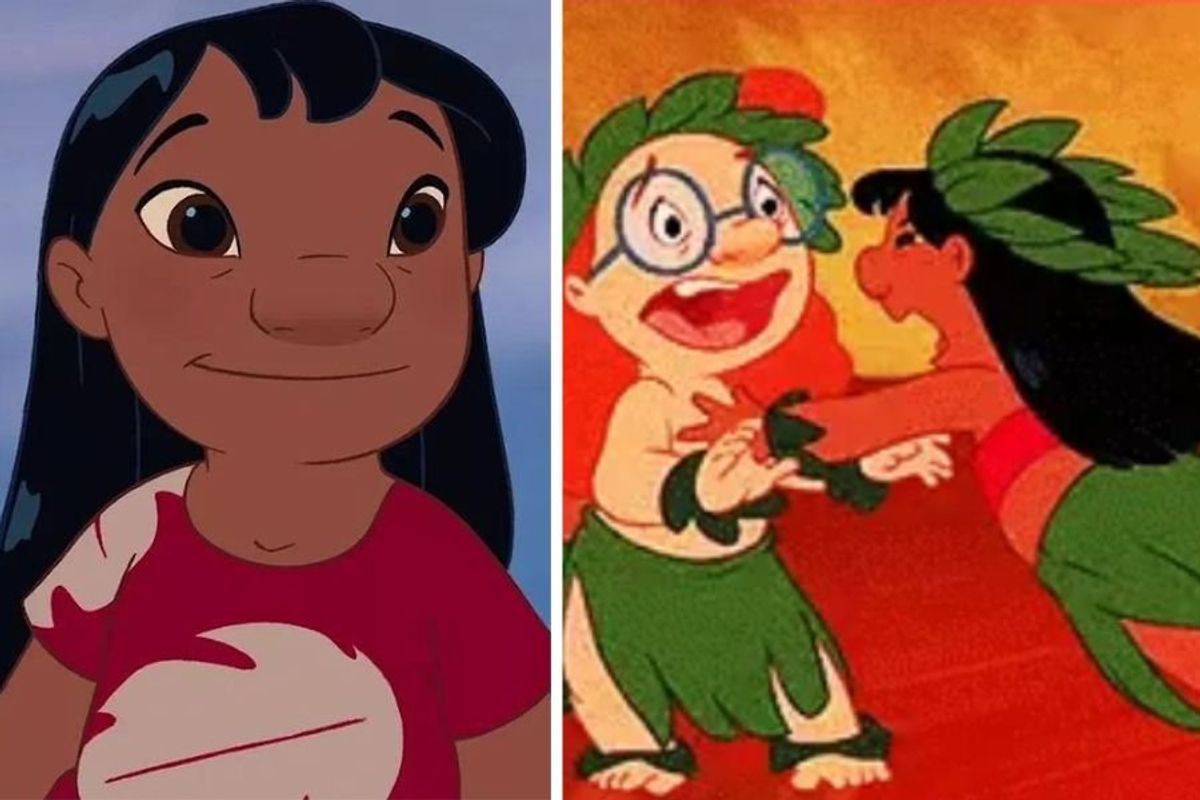
When Disney’s quirky, irreverent and intergalactic animated film “Lilo & Stitch” premiered in 2002, it became a box office success (helping to bring Disney out of its notorious Dark Ages of the times), earned an Oscar nomination and brought the concept of “ohana” to the mainstream.
As is the way, Disney revealed earlier this year that it would be creating a live-action version of the film, and on April 2nd, announced that Maia Kealoha would be playing Lilo—one of the show’s titular characters and everyone’s favorite eccentric young Hawaiian girl who adopts an alien dog.
With Lilo coming back into the spotlight after a couple of decades, it feels apropos to explore how this loveable outsider became an unexpected hero to the neurodivergent community.
While there appears to be no evidence that creators Chris Sanders and Dean Deblois intentionally made Lilo autistic, it is a widely accepted theory among fans—especially for those who are on the spectrum or believe themselves to be—that her neurodivergence is at least implied, much in the same way that other Disney characters are believed to be queer-coded, or exhibiting LGBTQ+ traits without being explicitly described as queer.

Looking back, Lilo’s labeling kind of makes sense. She has an obsessive interest in Elvis Presley and taking photos of overweight tourists, whom she wholeheartedly calls “beautiful.” She gets almost feral when angry by biting. She relies on rituals and routines, like feeding her pet fish Pudge the same thing at the same time every day (because he “controls the weather”). She rarely smiles, unless Agent Bubbles from social services is paying them a visit and she needs to mask. These all fall in line with the CDC’s list of autism signs and symptoms.
Of course, one could argue that Lilo is simply a neurotypical kid who doesn’t fit in or that the trauma of losing both her parents has impacted her social skills. But through this specific lens, people in the autistic community have shared how seen they feel by the character. Entire essays and video blogs have been created about it, for crying out loud. Whether or not she was written that way, it’s pretty heartening to know what a huge impact Lilo’s story has made on people.
Even certain health professionals have argued that when Lilo is seen as autistic, viewers of the movies might find more understanding and compassion for neurodivergent folks in real life.
In the Youtube series “Cinema Therapy,” licensed therapist Jonathan Decker explained that:
“Especially with neurodivergent children, there is often a real profound wisdom that people don’t see cause they’re not used to seeing it in someone so young. And neurodivergence [in Lilo’s] case means an ability to see and accept things as they are that others aren’t psychologically or emotionally ready for yet. Lilo, through the whole movie, sees and speaks the truth, which also means, because she lives in truth, she doesn’t have the clinginess of a lot of children. That is a level of maturity that a lot of neurodivergent people often don’t get credit for.”
It will certainly be interesting to see if Disney decides to lean into this aspect of Lilo’s character for the live-action remake, as the company has continuously evolved to be more and more inclusive in its representation. And judging by how much Lilo has meant to people as an unofficial neurodivergent mascot, making her definitely autistic could have a really positive impact.
And if Disney doesn’t go in that direction, clearly fans will find a way.
